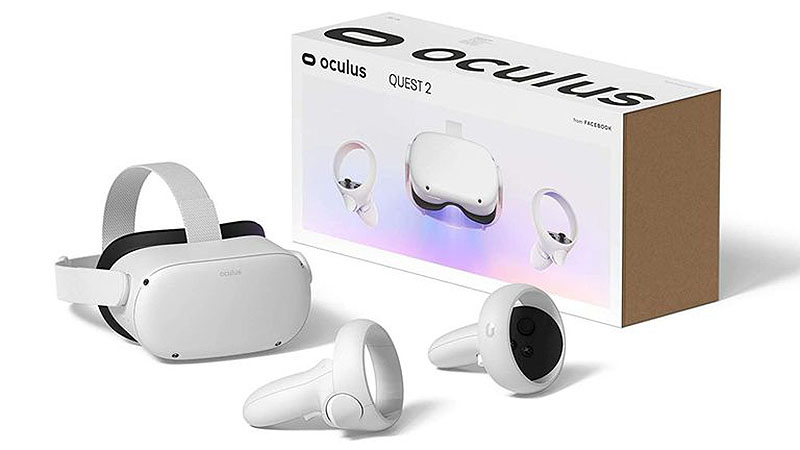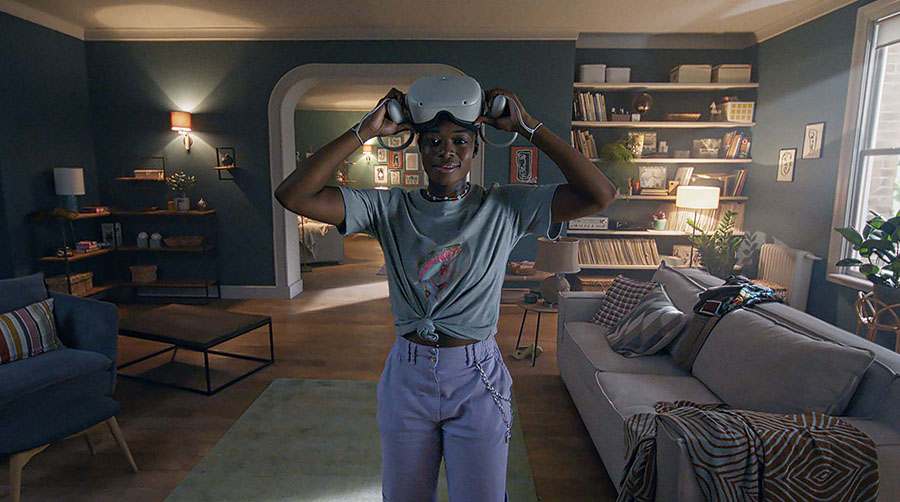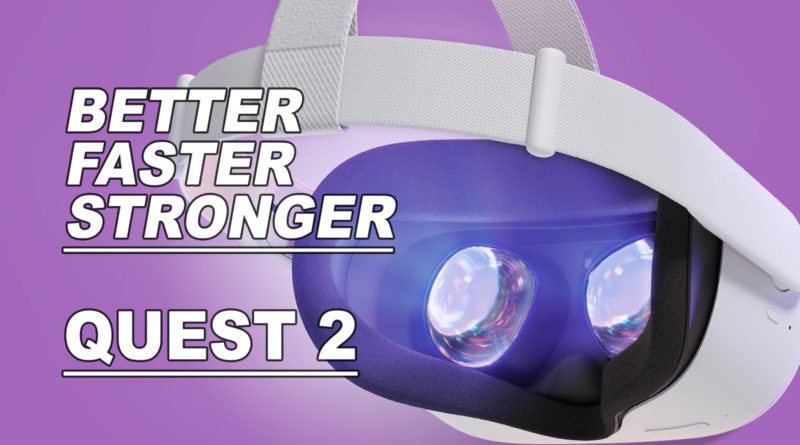Better, Faster, Stronger: A Look at Quest 2
Quest 2, the successor to the enormously successful Oculus Quest VR headset, has started landing on the heads of early purchasers and eager VR users. But what exactly does this next gen device deliver to those who fork out the $299 – $399 price tag? This look at Quest 2 aims to provide an overview of the device, its attributes, and what makes it such an important hardware release for the entire VR industry.
Bolstering the already powerful original Quest’s guts with a Snapdragon XR2 Platform processor and 6GB of memory, adding redesigned controllers and improved battery life, Quest 2 aims to be the strongest all-in-one VR headset on the market. And according to many, it is.

Clear Upgrades, Huge Potential
Visually, Quest 2 also brings a number of improvements to the Oculus lineup. With 1832×1920 pixels-per-eye offering a 90% increase of Rift S, and 50% over the first Quest, users can expect a much more fluid experience moving around and through a virtual space. Add in hand tracking, 3D positional audio, and Oculus Link compatibility (for PC-connected use) and this upgrade is looking like a must for most.

Already selling strongly after preorders went live September 16, Oculus Quest 2 is now available from retailers online and physical in 64GB and 256GB editions for $299 and $399, respectively. After bringing you all the vital tidbits and teases coming out of Facebook Reality Labs, VirtualRealityOberserver will continue to cover Quest 2 as it expands VR’s audience, adoption, and advantage over traditional audio-visual media.

